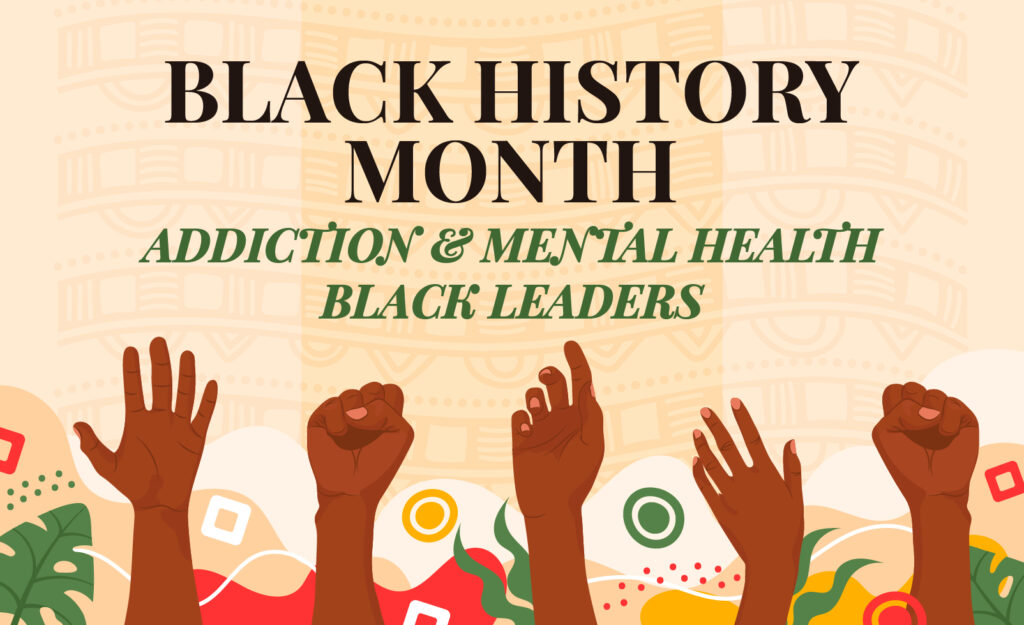Treatment for PTSD includes both medication management and psychotherapy approaches. Many individuals may have co-occurring disorders with substance abuse, and as a result, it is imperative to treat both the substance abuse disorder and PTSD. The two medications that are approved by the U.S. Food and Drug Administration (FDA) are sertraline (Zoloft) and paroxetine (Paxil), which are antidepressants known as selective serotonin reuptake inhibitors (SSRIs). Psychotherapy treatments include cognitive behavioral therapy, which includes cognitive restructuring, exposure therapy, and stress inoculation therapy. Other types of psychotherapy include art therapy, eye movement desensitization, and reprocessing (EMDR), hypnosis, anxiety management, play therapy, and relaxation techniques.
Eye movement desensitization and reprocessing (EMDR) is a form of psychotherapy that was introduced to relieve the long-lasting effects of distressing and traumatic memories. This evidence-based therapy has been used to treat post-traumatic stress disorder (PTSD) and many other disorders associated with trauma. Complete treatment involves a three-pronged protocol that addresses memories, the present disturbance, and future actions, which may be related to the injury. All of these must be directed to alleviate the symptoms. The trauma can be remembered but without the emotional charge that once accompanied the event. One advantage of using EMDR is that the individual does not need to be re-traumatized by bringing up all the details of the trauma. EMDR sets up a learning state that allows these experiences to be stored appropriately in the brain.
Prolonged Exposure
Exposure therapy is a component of cognitive behavioral therapy that works to re-experience the individual’s past traumatic event for them to overcome their trauma. The therapist will ask the client to write down or discuss the traumatic events where you will re-tell your wound. You will explore your thoughts and feelings associated with these traumatic events and may even re-create the experience through in-vivo or imaginal exposure. You may be asked to list specific sights, sounds, and locations that you avoid due to this experience and will rank them in order according to the amount of distress they cause you. The hope is for individuals to dissociate their thoughts, feelings, and emotions with that particular sense of smell, sight, location, or memory. By confronting feared situations, thoughts, and emotions, a person can learn that anxiety and fear will lessen on its own.
In Vivo Exposure
In vivo exposure refers to the confrontation of feared objects, activities, or situations by a person under the guidance of a therapist. For example, a woman with PTSD who fears the location where she was assaulted may be assisted by her therapist in going to that location and directly confronting those fears (as long as it is safe to do so).
Imaginal Exposure
In imaginal exposure, a client is asked to imagine feared images or situations. Imaginal exposure can help a person directly confront worried thoughts and memories. The imaginal vulnerability may also be used when it is not possible or safe for a person to directly face a feared situation. For example, it would not be safe to have a combat veteran with PTSD directly confront a combat situation again.
Living with PTSD can be detrimental to one’s health, social, and occupational functioning and may lead to even more severe psychological disorders resulting in self-harm behaviors and suicide attempts. Seeking treatment for PTSD can save an individual’s life and allow them to function successfully in society.
24/7 ADMISSION HELPLINE 888-629-6707




